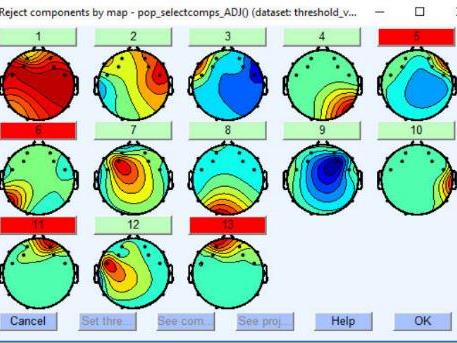The ability to identify emotions by analyzing brainwaves allows direct access to the person's inner state. This approach for identifying emotions has a central advantage in relation to the indirect approaches that uses written questionnaires or interviews to examine the subject's emotions. While the direct approach seems preferable because it is more objective it is still considerably less common than the other approaches, as there is no method reliable enough for identifying the emotions examined by brainwaves analysis.
The challenges of recognizing emotions by analyzing brainwaves are due to the weakness of these waves relative to the waves produced by muscle movements in the body, the difficulty in producing brain waves from many subjects in a controlled manner for research purposes, the cost of devices used to record brain waves and other reasons. In recent years, many studies have attempted to overcome these challenges and to identify emotions by analyzing brainwaves.
In this project, brainwave recordings were made by a commercial device, which has less electrodes and is more sensitive to noise relative to their medical counterpart, but on the other hand access to this device is open to the general public. In order to overcome the noise caused by the weakness of the brainwaves and the fact that the device is commercial, much of the efforts in this study have been made in order to filter noises.
After the filtering of the data, features were extracted from the clean data and passed to the classifiers. The classification of recordings for two sets of emotions with SVM classifier resulted in 87% success and an attempt to classify three types of emotions resulted in 77% success, showing that emotion recognition with brainwave analysis is possible


